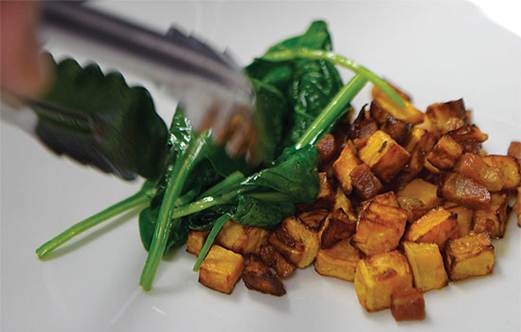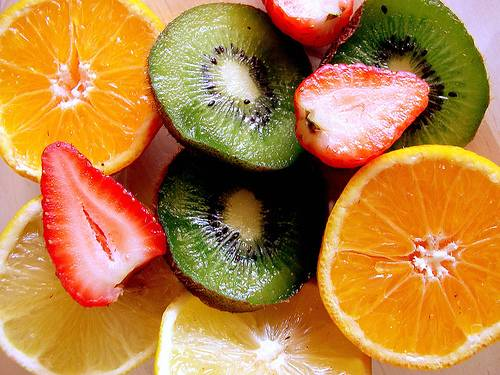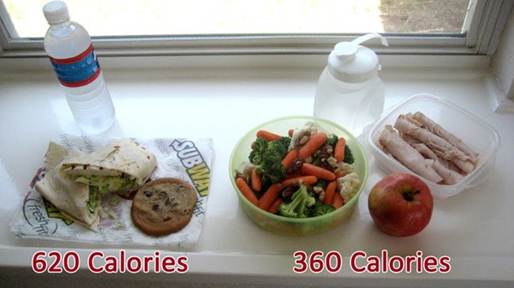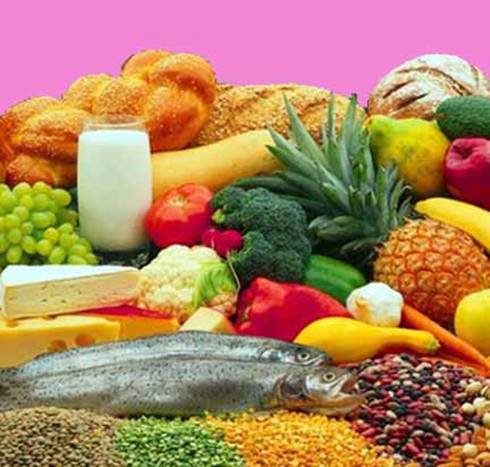Food labels can stump even the smartest
eater. Here’s our cheat sheet for the back of the box.
Remember when surprises in your food used
to be fun? A temporary tattoo. A neon-orange whistle. A spoon that changed
colour when dipped in milk. These days though, a surprise in a box isn’t always
a good thing, especially when it comes to trans fats, added sugar and hidden
kilojoules. Fortunately, almost every food product you buy comes with a label.
Unfortunately, it’s not always easy to determine what, in fact, it’s telling
you – which is where this illustrated guide to nutrition labels comes in. Think
of it as your own dietary decoder.

Ingredients
The higher the quantity of an ingredient in
a foot, the further up on the list it’ll be. “The first three to five
ingredients are the most important,” says Blatner. If partially hydrogenated
oil, sugar, high-fructose corn syrup or enriched flour take up the first few
spots, you’re better off without it. Look for whole, natural ingredients. And
avoid foods with ingredient lists containing lots of unrecognizable words –
you’re probably getting more preservatives and additives and fewer nutrients.
Serving size
The interpretation of the nutritional info
on a label should be based on one thing: a single serving size. So look for the
“per single serving” column. Many items most of us think of as one serving –
like a 330ml can of Liquifruit – are really two servings. If that’s the case,
double the kilojoules and the rest of the info given “per single serving”. Food
listed in grams requires some quick maths and good estimation: if a bag of
pretzels holds 100g in total and the serving size is 30g, one serving is a
third of the bag.
Percentage nutrient reference values

When claims like “high in vitamin C” are
made on labels, the manufacturer is required by law to verify the claim against
the nutrient reference values (NRVs). NRVs, used for food labeling in SA, are
based on the recommended dietary allowances (RDAs) developed by the US
Institute of Medicine. The RDAs will meet the needs of nearly all (about 98
percent) healthy individuals to prevent nutrient deficiencies. So, for example,
to claim “high in vitamin C (100mg) per single serving. There are specific
claim and wording criteria for each of the specific nutrients. Even when no
claim is made, manufacturers might express the nutrient content of a food
product as a percentage of the NRVs per single serving. Generally, a food with
at least 15 percent of the NRV for micronutrients (vitamins and minerals) per
serving is seen as a good source, more than 30 percent as high and more than 60
percent as very high.
Kilojoules
If you’re trying to slim down or maintain a
healthy weight, this is the most important number on the label. Whether food is
high in protein, low-fat, high in fibre or gluten-free, you’ll gain weight if
you take in more kilojoules than you burn. To avoid miscalculating, buy food in
single servings. Not only is the kilojoules count a no-brainer, but you’ll be
less likely to overeat: a US study found that people who were given large boxes
of popcorn put away 45 percent more than those who had medium boxes.
Carbohydrates

“Carbs” is a big umbrella category for
sugars, starches, fibre and sugar alcohols that all share a similar molecular
structure and are an excellent source of energy. The right carbs can keep you
full and fuelled, but simple starches won’t. Plus, they lack vitamins and
minerals. So look for foods with “whole-grain” high on the ingredient list.
Sugar
Our bodies break down fat and protein to
create glucose, the fuel we run on. But sugar is already glucose, so our bodies
can use it fast – it’s a great source of short-term energy. It won’t keep you
going for long, though, and it doesn’t contain any vitamins or minerals. Find
foods that combine sugar with healthier ingredients. For example, fructose, the
natural sugar found in fruit, is usually accompanied by high-fibre pulp,
antioxidant-rich skin and lots of vitamins and minerals.
Fats
You need fat – up to 62g per day if you’re
on a 6 700kJ diet – to synthesise hormones and protect vital organs, among
other things. It’s the type of fat you eat that makes a difference. Avoid
saturated and trans fats, which increase your risk for heart disease by
boosting heart-clogging LDL (“bad”) cholesterol. Trans fats also lower
HDL(“good”) cholesterol. Healthy fats (monounsaturated and polyunsaturated)
aren’t always listed on food labels, so subtract saturated and trans fats from
the total fat to find them, says nutritionist Dr Alice Lichtenstein.
Sodium
Aim for foods with less than 120mg of
sodium per 100g. This will help you stay within the guideline of less than
1.25g of sodium per day (equivalent to about one teaspoon of salt). “Many of us
eat restaurant meals loaded with salt, so it’s important to choose low-sodium
food when we’re grocery shopping,” says dietician Dawn Jackson Blatner.
Vitamins

Water-soluble vitamins, including C and Bs,
will flush out of your body if you consume more than you need. (So talking huge
amounts of them won’t do anything but turn your pee orange) Fat-soluble
vitamins A, D, E and K are stored in our bodies, and consuming too much of
these can be toxic. Minerals can also cause harm if you go overboard – too much
calcium, for instance, can lead to kidney stones and may decrease the
absorption of other minerals like iron and zinc. You don’t have to worry about
overdosing if you eat a balanced diet, but be careful when taking supplements.
Cholesterol
Too much of this soft, waxy substance can
build up in arteries and lead to heart disease, so limit your cholesterol
intake to 300mg a day. But also keep this in mind: only about 25 percent of the
cholesterol in your body is absorbed from food. The remaining 75 percent is
produced by your liver, and any trans fats you eat (see “Fats”) play a major
role in this process. The fewer you consume the better.